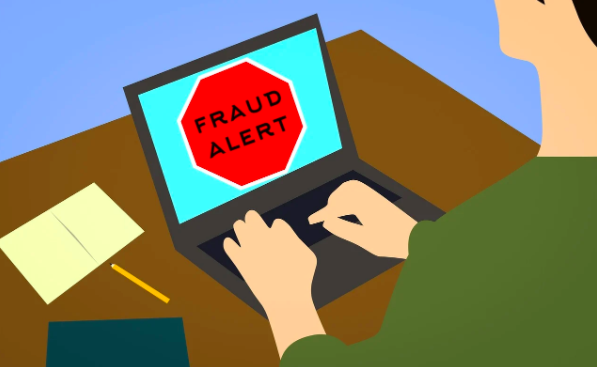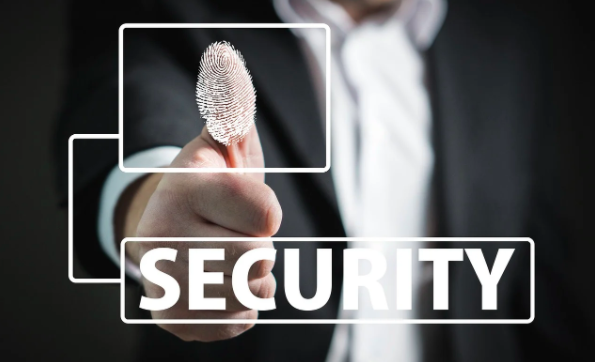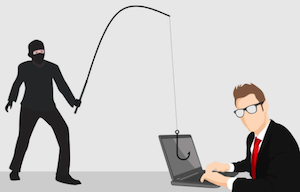In today’s technology, it is really easy for us to put our information out there in public for whatever reason it may be. However, this has both a good and a bad side. For the good side, it is now easier for us to share information among each other with the use of technology like the internet unlike before that there will be a lot of processes before we get the information we need. Sadly, the bad side of it is we are more prone now to identity theft.
What is identity theft?
Before anything else, what constitutes the theft of someone’s identity? Identity theft is the crime of stealing someone’s personal or financial information. It is being used to commit fraud including unauthorized transactions or purchases. Information that can be stolen from you includes Social Security System, bank account details, and credit card information. Identity thefts often use computer technologies to obtain other people’s information.

They can look into the hard drives of stolen or broken computers, hack into computers or networks, access digital public records, browse social media sites and a lot more. To avoid unfortunate scenarios such as ruining your credit card rating and personal information’s standing, it is important to prevent this from happening.
Common scenarios of identity theft
Since your personal information is always at risk because of technology and the internet’s nature, you have to be more careful in protecting your information. Here are common identity theft scenarios that you should be aware of so that you can also avoid. Knowing these scenarios will greatly help in preventing cases of identity theft.
-
Data breach
A data breach happens when someone gains access to an organization’s data and is usually done through hacking. The common types of information that are being stolen from this include full names, social security numbers, and credit card numbers.
Information is at risk from data breaches because a lot of people have many accounts from different businesses and organizations.
-
Unsecured browsing
There are unsecured website that are compromised usually by hackers and if you are not careful, you could be putting your information to these unreliable websites that might be directly in the hands of an identity thief.
You can avoid this to happen by sticking to well-known websites. Also, depending on your browser, you can get an alert if you try to access risky websites.
-
the dark web
The dark web is not necessarily a place, it is actually a hidden network of websites. While there are still certain special sources, it’s just a matter of steps and setting up certain systems set up that will provide a way for those who like to join the dark web and still keep information such as IP address hidden
Comparing it to the world wide web, the dark web has a way to hide IP address by activating a masking software while an IP address traces online activity on your computer. With masking software, it makes a computer take a randomized path to its file destination, making it bounce around numerous encrypted connections for it to mask both location and identity.
Because the dark web has its hidden nature or anonymity, it’s a place where all illicit activities take place such as selling personal information. If you’re a victim of a data breach, your sensitive information is at risk to be placed on the dark web. There a lot of ways to identify warnings if your at risk, but if you are somehow compromised already, you can report it and start consulting an attorney already. An attorney will give you professional advice on the things to take action to and how to help you in identifying the identity theft.
There are ways to identify red flags if your information is in the wrong hands such as continuous monitoring of your accounts and statement if there is information that looks off, regularly checking your credit report to see inquiries or a new account you don’t recognize, using of strong passwords and changing it often, and responding immediately to suspicious activity.
-
Phishing
Be careful with scammers who send emails, text messages or other forms of communication to steal your personal information.
It may look coming from a personal source. It may be bogus and may look like it is coming from an email from your bank and include a link that directs you to a website that mimics that of your bank and gets information ask you for a username or password, or credit card information. If it is suspicious, it might be a form of identity theft.

Ways to prevent identity theft
When your personal information is compromised and you experienced identity theft, you will spend a lot of time and money in recovering your identity; getting reports and affidavits proving the theft, figuring out what was compromised, and eventually recovering your information. For instance – If someone becomes a victim of a theft case in Orlando, s/he prefers to collaborate with a professional theft lawyer like thefloridatriallawyer.com the next moment. This helps them save their time and efforts on worrying over the matter and losses suffered.You spend a lot of time, energy, and money on something you are a victim of in the first place.
While you cannot really fully avoid theft, there are a lot of ways to reduce your risk by acting quickly when you are compromised and taking steps in protecting yourself from identity theft.
-
Regular monitoring of your online accounts
Some steps that you could do include is to monitor your accounts (bank, credit card, loan accounts) online regularly to keep updated with your account activity, being wary of unauthorized charges, and keeping your login information safe by not writing it down or not sharing it to anybody.
-
Secure your social security number
Aside from your bank, credit card, and loan accounts, your social security number is very personal information that you need to keep secured. Do not write it down or enter it to unsecure websites.
-
Activate fraud alert
A fraud alert on your credit report makes it difficult for identity thieves to committing anything on your account under your name such as opening new accounts. The fraud alert will give a warning to businesses to confirm your identity before moving forward with an application.
Placing a fraud alert in your account is easy by just contacting one of three credit bureaus. It is also free and lasts from 90 to 7 years depending on the type of fraud alert you add. You can also get a copy of your credit report when you place a fraud alert. This is a good opportunity for you to review and report any suspicious activities.
Recognizing and preventing identity theft will save you a lot of stress and loss. Being diligent in monitoring your accounts, watching out for suspicious activities, and acting fast when something seems off will really put you in a good position to catch identity theft before it ruins so much of your precious time, money, and effort.




